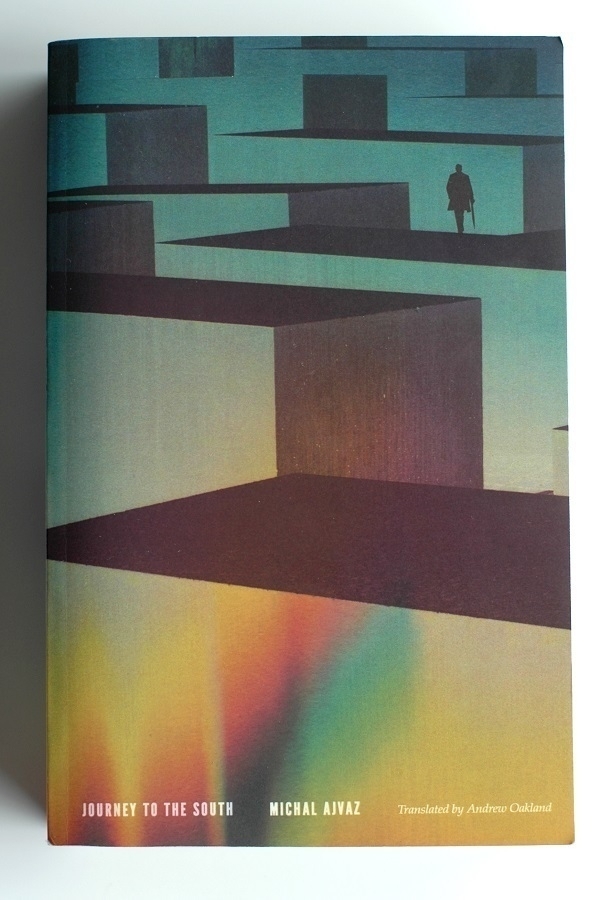Journey to the South

There are no few novels where an author who has successfully established an intriguing atmosphere, or has brought to life some well-rounded characters, or has described a tantalising series of events, then finds themselves unable to tie together the various threads they’ve been spinning to bring about a satisfactory conclusion. Conversely, there are books where the author has a devised a proper ending, but one they’ve only been able to attain by way of a wearisomely laborious set-up. I’ve met with significantly fewer books in the latter category than the former – to my mind, Michal Ajvaz’s novel Journey to the South, which I finished a few days ago, is one of them.
It could well be that aficionados of detective or mystery stories are more familiar than I with stories that build weakly only to end strongly. Journey to the South is, among other things, a murder mystery. Martin, a postgraduate student, witnesses a fatal shooting in a theatre, at a performance of a ballet composed by one Tomáš Kantor. In the crime’s aftermath, Martin becomes involved with Kristýna, a fellow-eyewitness, who had formerly been Kantor’s girlfriend. The victim of the shooting and Kantor were step-brothers. Before his ballet’s première, Kantor had also been found murdered.
The second part of the book is an account of Martin & Kristýna’s attempts to unravel the twin mysteries of the these deaths, a quest which leads them from their home city of Prague to the Greek Islands – the titular Journey to the South. Theirs is a highly-implausible but colourfully-imaginative quest for the truth. Before we even learn about that journey, however, the bulk of the novel’s first (and longer) part is devoted to a narration of an unconventional manuscript of Tomáš Kantor’s, one which comprises stories within stories within stories. The various ways in which its nested narratives inter-relate with the murder-mystery and its solution are striking and thought-provoking.
The trouble I had with it all was that the constituent narratives themselves were, as often as not, rather pedestrian and flatly-written. Working ones way into the nested tangle of unlikely stories felt at times like an arduous ascent, through the ways these were resolved felt correspondlingly akin to an enjoyably freewheeling descent. Amidst it all Ajvaz has a good deal to say about the nature of narrative, and how it alters and is altered by the world around it; about art imitating life imitating art, etc.; and about signs and symbols and how they are interpreted and misinterpreted. Ultimately though, I found Journey to the South almost as frustrating as it was rewarding, and wouldn’t recommend it as a point of entry into Ajvaz’s work.
